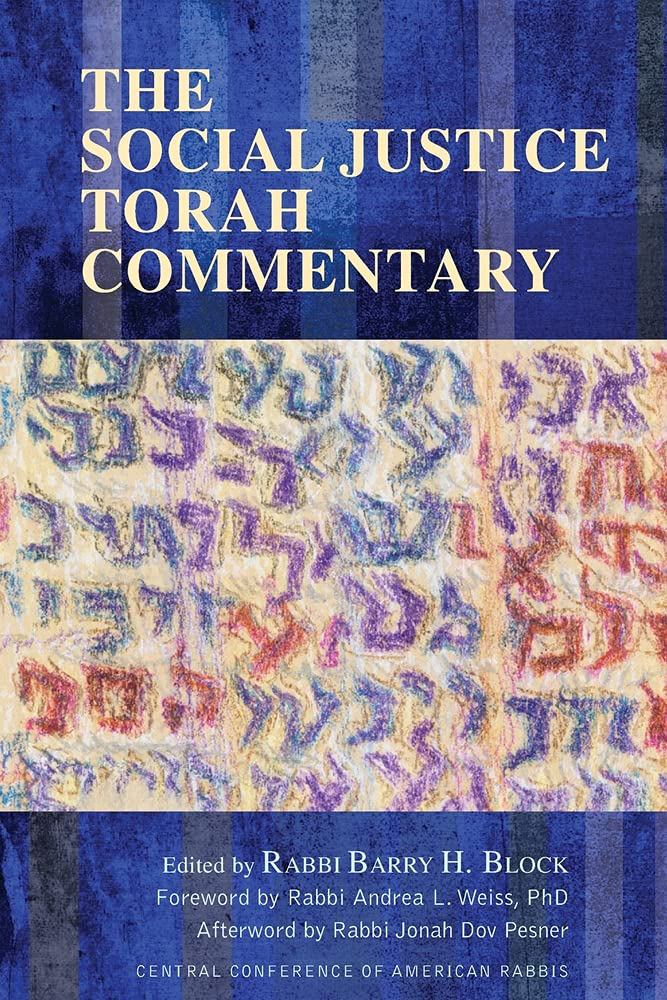Rabbi Ellen Lippmann in The Social Justice Torah Commentary
(1) On the day that Moses finished setting up the Tabernacle, he anointed and consecrated it and all its furnishings, as well as the altar and its utensils...
(1) יהוה spoke to Moses, saying: (2) Speak to Aaron and say to him, “When you mount the lamps, let the seven lamps give light at the front of the lampstand.” (3) Aaron did so; he mounted the lamps at the front of the lampstand, as יהוה had commanded Moses.
When we meet and work with people who experience the world in a radically different way than we do, or when we read or learn about them from afar, we will likely misunderstand, hurt, or harm one another. A second chance is a generous blessing. Yet many commentators note that the second chance comes with strict guidelines and boundaries. Torah allows for Pesach Sheini but not sh'lishi or rv'i-i--a third or fourth Pesach. The limited allowance for Pesach Sheini teaches that not all failures deserve a second chance. You can't just blow off Pesach in Nisan and then celebrate it a month later. For us, too, there are no third, fourth, or fifth chances if we do not learn the lesson a second time. We have to put in the work and be more disciplined as we collectively seek greater equity and access for all.
-Imani Romney-Rosa Chapman and Rabbi Ellen Lippmann
(א) דבר וגו' ואמרת. צריך לדעת למה כפל לומר דבר ואמרת, גם במלות שונות. ויתבאר על פי דבריהם ז''ל (תנחומא במד''ד פט''ו) וזה לשונם למה נסמכה פרשת מנורה לפרשת נשיאים, לפי שראה אהרן חנוכת נשיאים חלשה דעתו שלא היה עמהם בחנוכה לא הוא ולא שבטו אמר לו הקדוש ברוך הוא חייך שלך גדולה משלהם שאתה מדליק ומטיב את הנרות ערב ובוקר וכו' עד כאן. הנה דבריהם ז''ל צריכין ביאור, מה נחמה זו עושה לחלישות דעתו של אהרן על חנוכת הנשיאים שלא היה בכלל הלא אין מעשה המנורה מקביל לחנוכה, גם למה לא הניח דעתו בכל הקרבנות שהוא מקריב, תמידין, ומוספין, והקטורת, גם בהקרבת החנוכה עצמה של כל הנשיאים הרי הוא המקריב, ולמה לא ריצהו אלא במנורה.
What else is required to be in solidarity with others? How does solidarity begin?
-Imani Romney-Rosa Chapman and Rabbi Ellen Lippmann
- What is the significance of Pesach Sheini? What are its limitations? How would you feel about participating in a Pesach Sheini celebration?
- The authors list nine steps to solidarity (allying with marginalized members of a group to which you don’t belong): awareness, listening, recognition, letting go of shame, feeling, learning, persisting, finding common interest, and amplification. Which step resonated the most with you? Which steps come more easily to you, and which steps are more challenging?
- What are some ways we could use the nine steps offered to practice solidarity in our own community? How can we do the work to “light another candle”?




